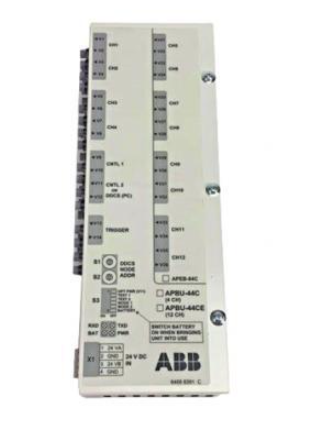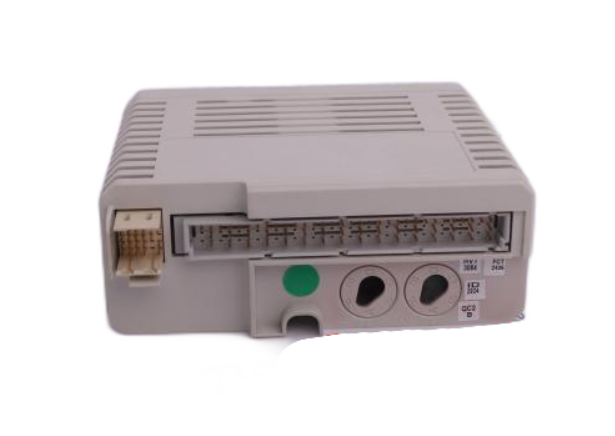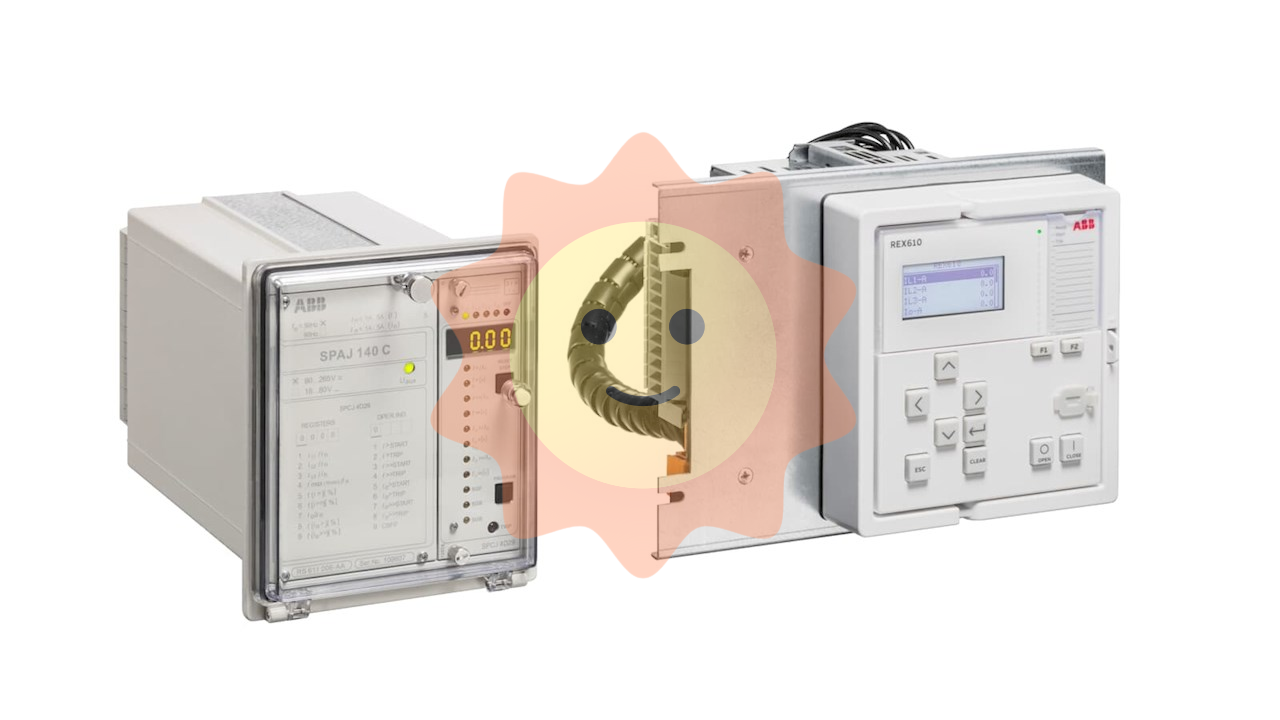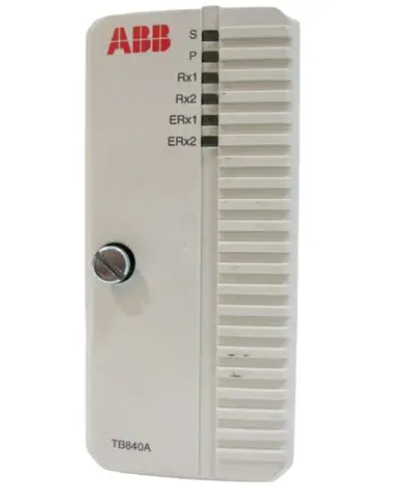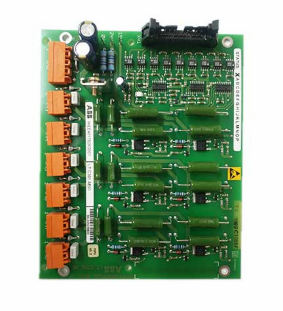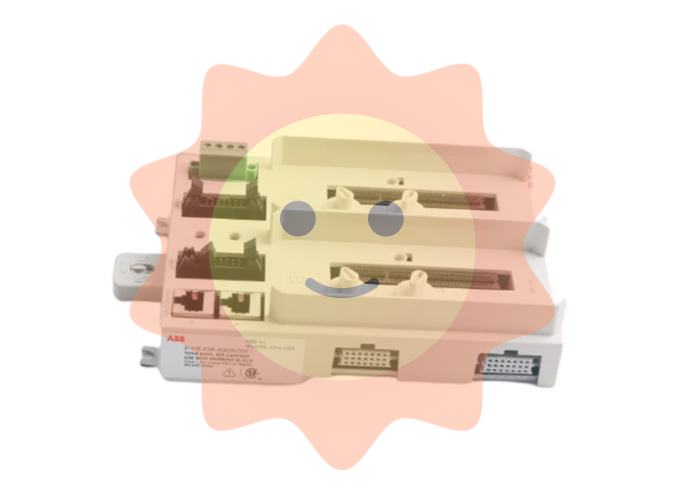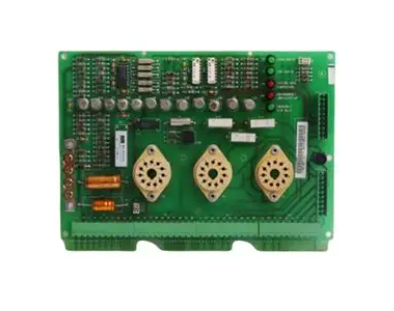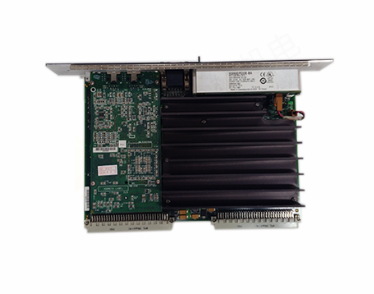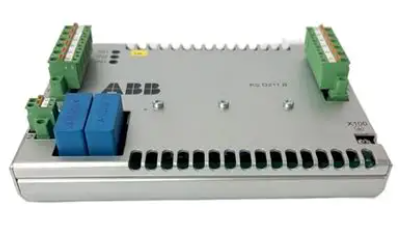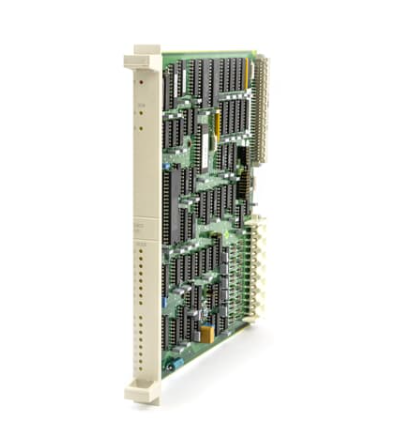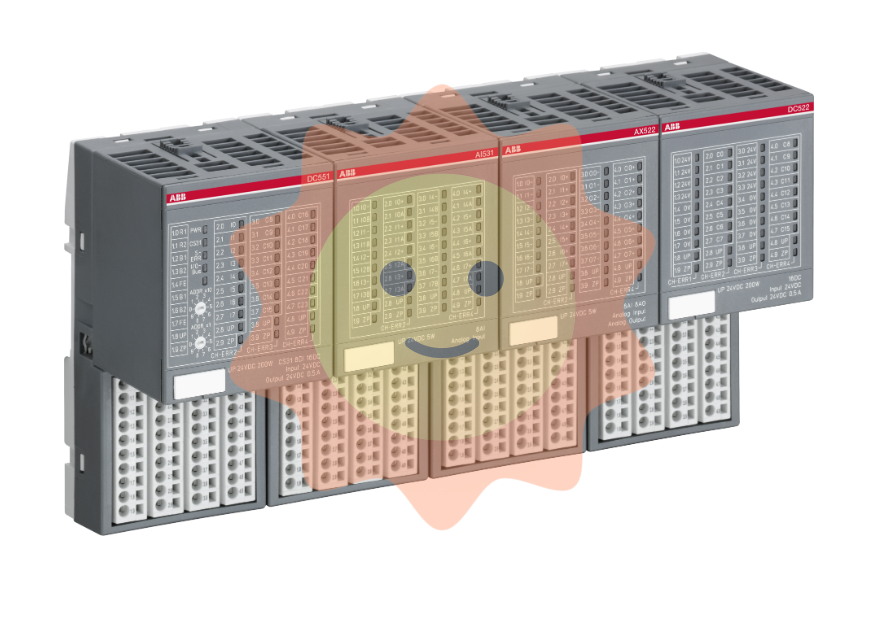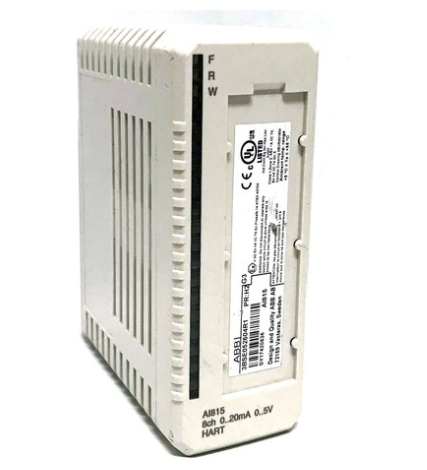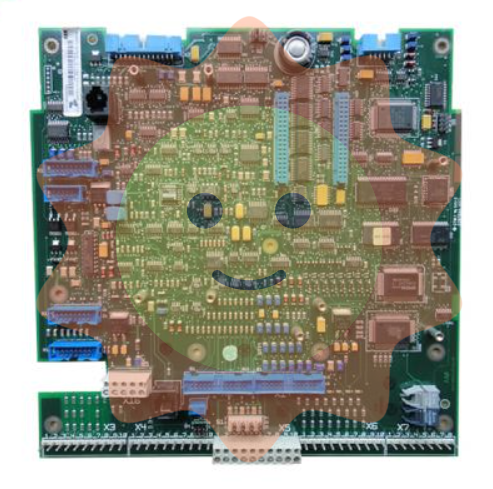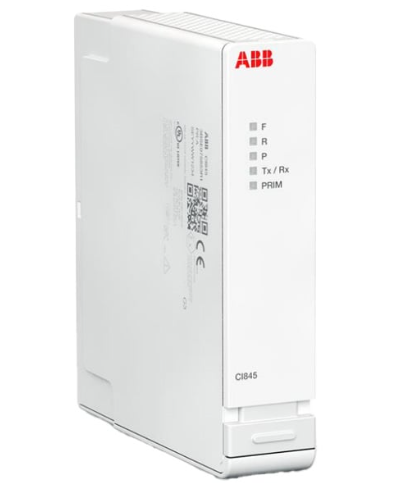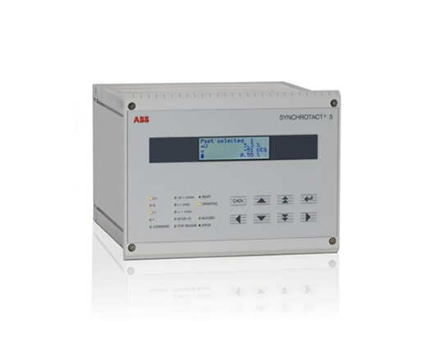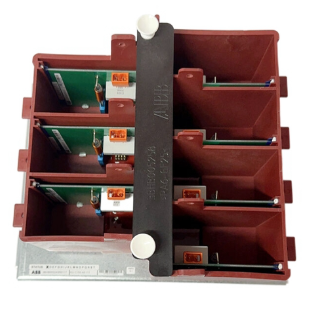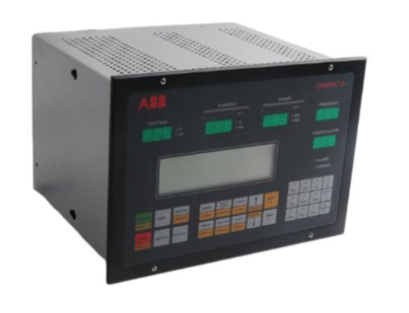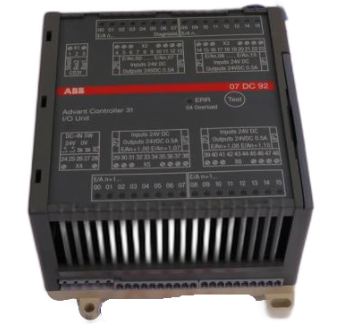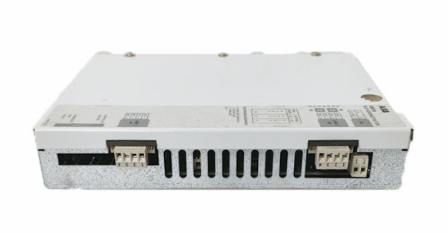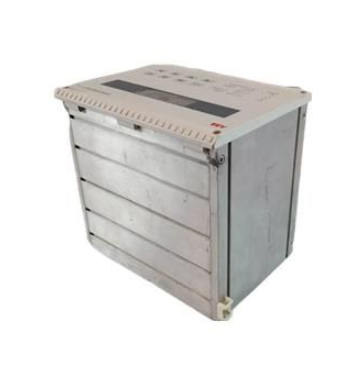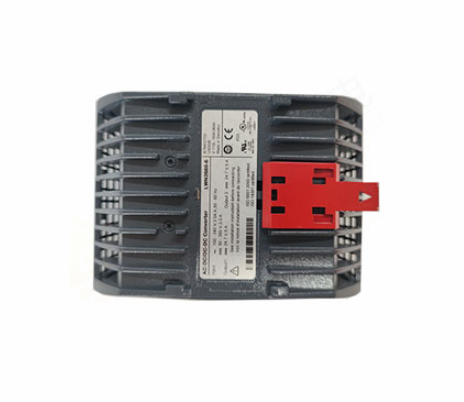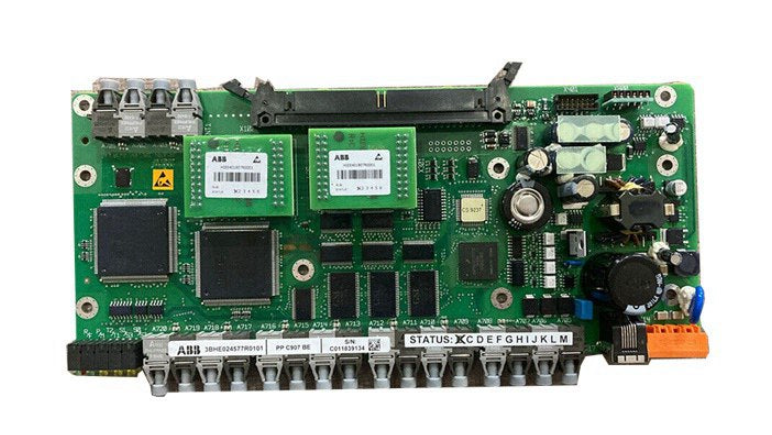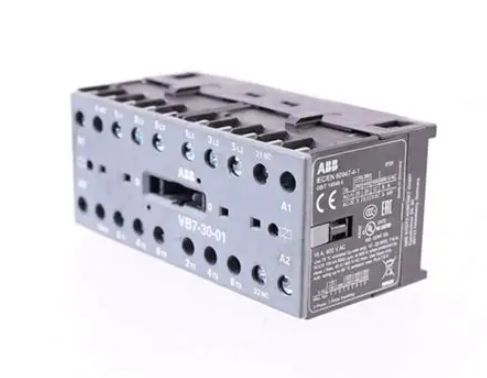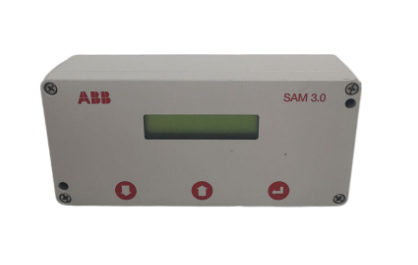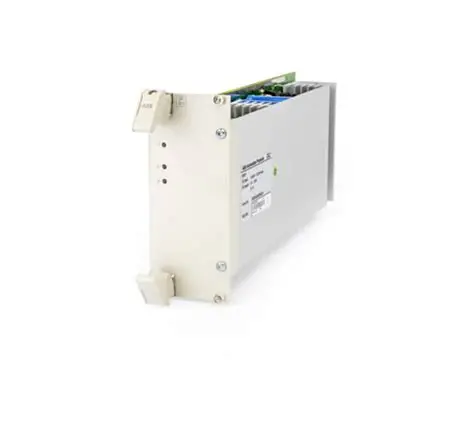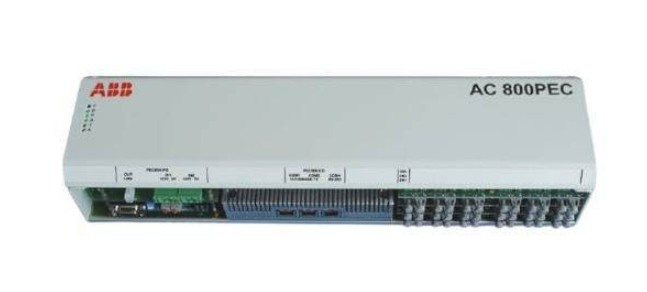ABB UFC092BE01 HIEE300910R0001 Binary Input Module
ABB UFC092BE01 HIEE300910R0001 Binary Input Module
Product overview
The ABB UFC092BE01 HIEE300910R0001 binary input module is a key equipment for signal acquisition and transmission in industrial automation systems. It is mainly used to convert binary status signals of external devices (such as switch on/off, sensor triggering, etc.) into digital signals that the system can recognize and process, providing accurate input information for automation control systems. This module plays an important role in the field of industrial automation due to its excellent performance and reliability, ensuring the stable and efficient operation of industrial production processes. Its design closely revolves around the needs of industrial automation, with high integration and stability, able to adapt to complex and changing industrial environments, and is a powerful guarantee for the reliable operation of industrial automation systems.
Specification parameters
working voltage
24V direct current (DC), the working voltage range usually fluctuates around ± 15% of the rated value and can still operate stably
Input Signal Type
Standard binary signal, high level (usually ≥ 15V DC) represents logic "1", low level (usually ≤ 5V DC) represents logic "0"
isolation method
Optoelectronic isolation, with an isolation voltage of ≥ 500V AC, effectively prevents external interference signals from entering the system and ensures stable operation of the system
response time
Ultra fast response, less than 1 millisecond, ensuring that the system can capture external signal changes in a timely manner
Working temperature range
-25 ° C to+85 ° C, suitable for industrial application scenarios in different temperature environments
Storage Temperature Range
-40 ° C to+100 ° C, ensuring stable performance of the module when not in operation
relative humidity
5% -95% (non condensing), with a certain degree of moisture resistance
protection grade
IP20, Prevent solid foreign objects with a diameter greater than 12.5mm from entering, suitable for general industrial environments
Installation method
Using screw terminal blocks for easy wiring and installation, supporting rail or panel installation
Working principle
When an external device generates a binary status signal (such as a switch closed or open), the signal is transmitted to the input terminal of the UFC092BE01 HIEE300910R0001 binary input module through a connecting cable. The photoelectric isolation device inside the module electrically isolates the input signal to prevent external interference signals from entering the internal circuit of the module. The isolated signal is processed by a signal conditioning circuit, which amplifies and shapes the signal to meet the input requirements of the internal digital circuit of the module.
The processed signal is transmitted to the digital signal processing unit, which performs sampling, encoding, and other operations on the signal, converting it into a digital signal (logical "0" or "1"). The digital signal is then stored in the registers inside the module, waiting for the connected controller or other device to read it through the data bus. When the controller issues a read instruction, the module transmits the digital signal in the register to the controller through the data bus. The controller executes the corresponding control logic based on the received signal status to control the industrial equipment.
Throughout the entire working process, the status monitoring circuit of the module continuously monitors the signal status of the input channel and the working status of the module itself. Once an abnormality is detected, the alarm mechanism is immediately triggered to notify the operator through flashing indicator lights or sending alarm information to the communication interface.
Core functions
Efficient signal conversion and transmission
The module quickly converts the collected external binary signals into digital signals that the system can recognize, and efficiently transmits them to the connected controller or other devices through the internal data bus. By adopting high-speed data processing technology, low latency and high accuracy are ensured during signal conversion and transmission, enabling the control system to respond promptly to external signal changes and achieve precise control of industrial equipment.
Electrical isolation protection
The application of optoelectronic isolation technology enables electrical isolation between input channels and internal circuits of the system, effectively isolating threats such as high voltage, high current, and electromagnetic interference that may be caused by external devices, protecting modules and control systems from electrical faults, and improving the safety and reliability of the system. Even if external devices fail, it will not cause damage to the control system, reducing system maintenance costs and downtime risks.
Status monitoring and diagnosis
The module has a status monitoring function, which can monitor the signal status of each input channel in real time and provide feedback to the operator through indicator lights or communication interfaces. When abnormal input signals (such as signal loss, signal errors, etc.) or module malfunctions are detected, an alarm signal can be issued in a timely manner, which facilitates operators to quickly locate the fault point, conduct troubleshooting and repair, shorten system downtime, and improve equipment availability.
- EMERSON
- Honeywell
- CTI
- Rolls-Royce
- General Electric
- Woodward
- Yaskawa
- xYCOM
- Motorola
- Siemens
- Rockwell
- ABB
- B&R
- HIMA
- Construction site
- electricity
- Automobile market
- PLC
- DCS
- Motor drivers
- VSD
- Implications
- cement
- CO2
- CEM
- methane
- Artificial intelligence
- Titanic
- Solar energy
- Hydrogen fuel cell
- Hydrogen and fuel cells
- Hydrogen and oxygen fuel cells
- tyre
- Chemical fiber
- dynamo
- corpuscle
- Pulp and paper
- printing
- fossil
- FANUC
- Food and beverage
- Life science
- Sewage treatment
- Personal care
- electricity
- boats
- infrastructure
- Automobile industry
- metallurgy
- Nuclear power generation
- Geothermal power generation
- Water and wastewater
- Infrastructure construction
- Mine hazard
- steel
- papermaking
- Natural gas industry
- Infrastructure construction
- Power and energy
- Rubber and plastic
- Renewable energy
- pharmacy
- mining
- Plastic industry
- Schneider
- Kongsberg
- NI
- Wind energy
- International petroleum
- International new energy network
- gas
- WATLOW
- ProSoft
- SEW
- wind
- ADVANCED
- Reliance
- YOKOGAWA
- TRICONEX
- FOXBORO
- METSO
- MAN
- Advantest
- ADVANCED
- ALSTOM
- Control Wave
- AB
- AMAT
- STUDER
- KONGSBERG
- MOTOROLA
- DANAHER MOTION
- Bently
- Galil
- EATON
- MOLEX
- Triconex
- DEIF
- B&W
- ZYGO
- Aerotech
- DANFOSS
- KOLLMORGEN
- Beijer
- Endress+Hauser
- MOOG
- KB
- Moxa
- Rexroth


Email:wang@kongjiangauto.com







